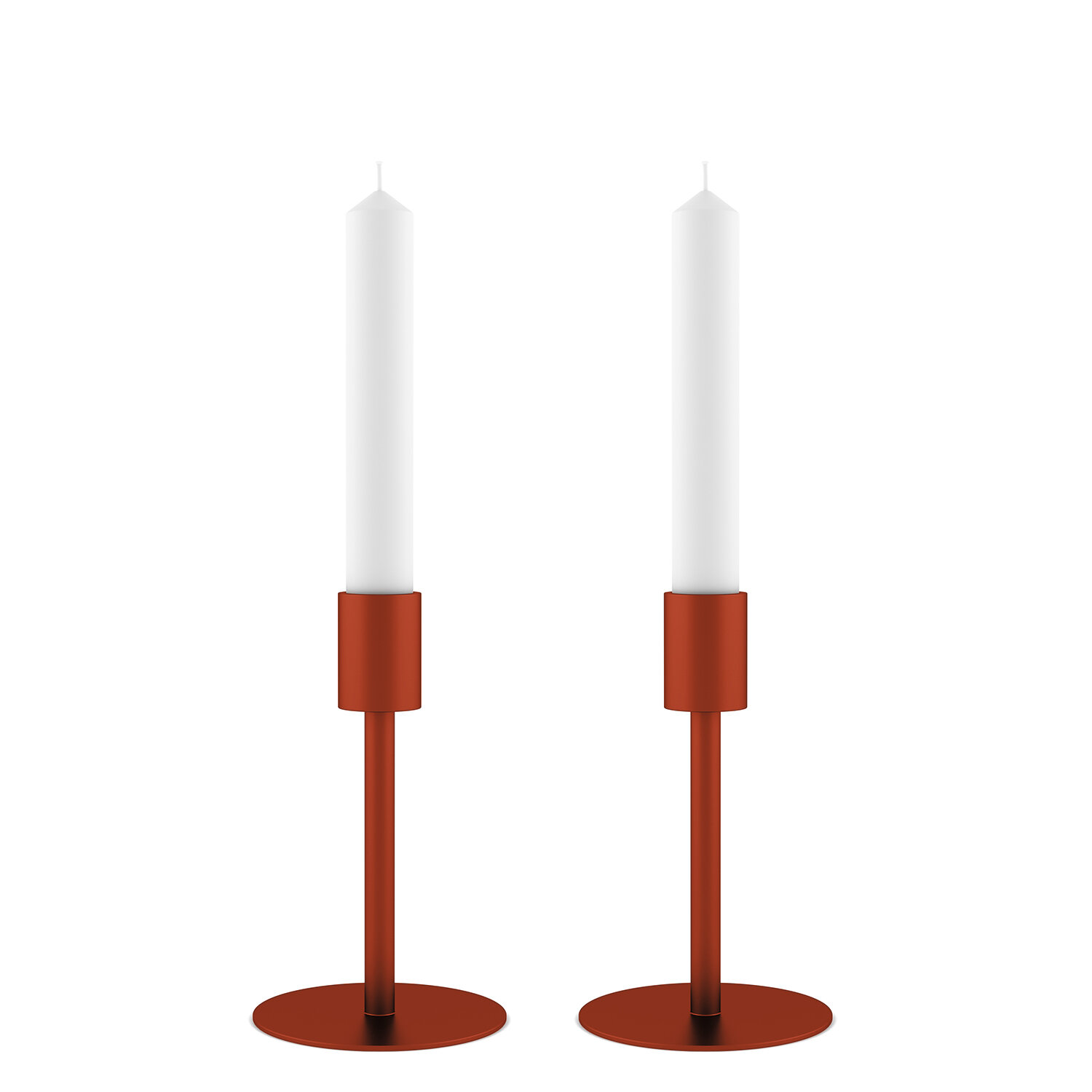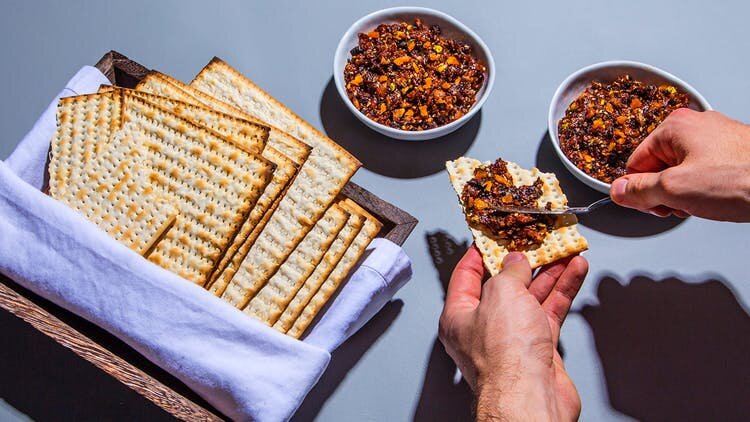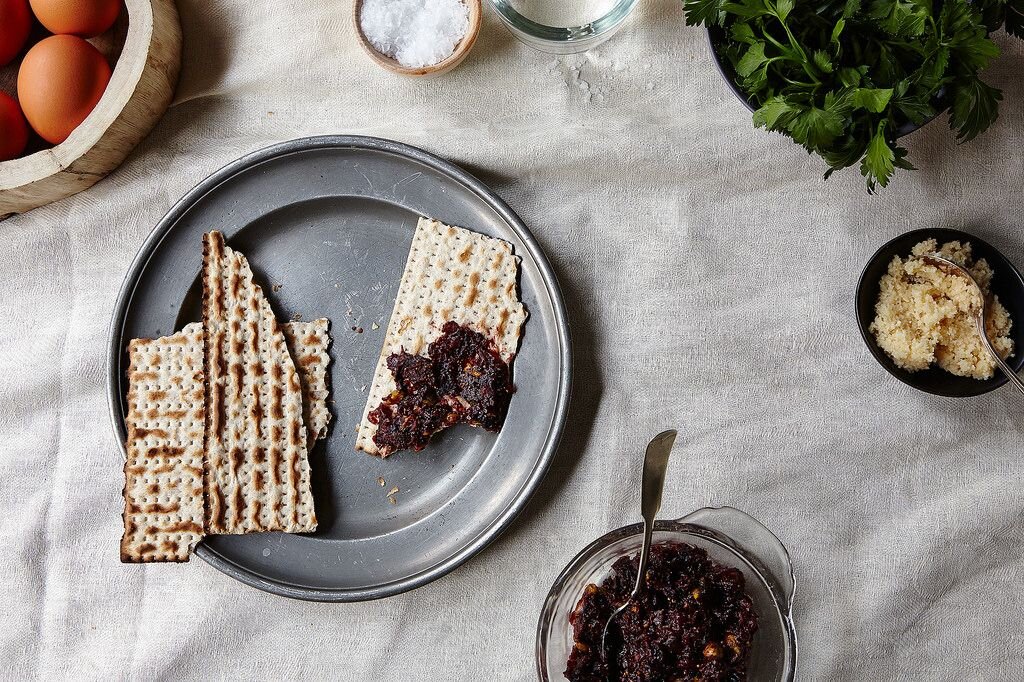Prepare the Passover Seder
Prepare the symbolic foods and place them on the Seder plate. Add covered matzas, a ceremony guide (one to share, or one for each guest), and plenty of wine to go around to start the ceremony. A three-course meal will follow.
Prepare the seder Gear
In your box
You also need
PREPARE THE SEDER FOOD
Here is what you need:
3 x whole Matzas - covered in a 'Matza cover' (some use Matza Shmura - special matza).
Saltwater bowl - a small bowl with diluted salt to dip the symbolic foods This symbolizes the salty tears of slavery. Make sure each guest can access it easily.
Symbolic Foods - a bite per guest. Symbolic foods are used during the ceremony and are placed on the Seder plate and central bowls for easy access for guests. See the following page for instructions.
Food - a three-course meal is prepared.
Wine/grape juice - enough to fill four glasses of wine for each guest.
Prepare the Seder Plate
Beitzah (egg in Hebrew) - a whole cooked egg. Its round shape represents the cyclical nature of life
Karpas - parsley, boiled potatoes, or celery symbolize renewal.
Hazeret - a special bitter vegetable or bitter green lettuce symbolize the bitterness of slavery.
Maror - a bitter herb, most often horseradish, also represents the bitterness of slavery.
Zroa - cooked lamb shank bone* represents God passing over the homes of the Israelites during the series of plagues.*Vegetarians substitute this with a Paschal yam or a beet (red juices that look like blood).
Haroset - a mixture of chopped fruit, nuts, honey, and wine. This paste looks like the mortar used by the Israelites to cement bricks together when they were enslaved in Egypt and had to build for the Pharaoh. Here are some recipes for Haroset
If you are looking for 2020 page: daysunited.com/experiences/prepare-the-passover-seder-2020










